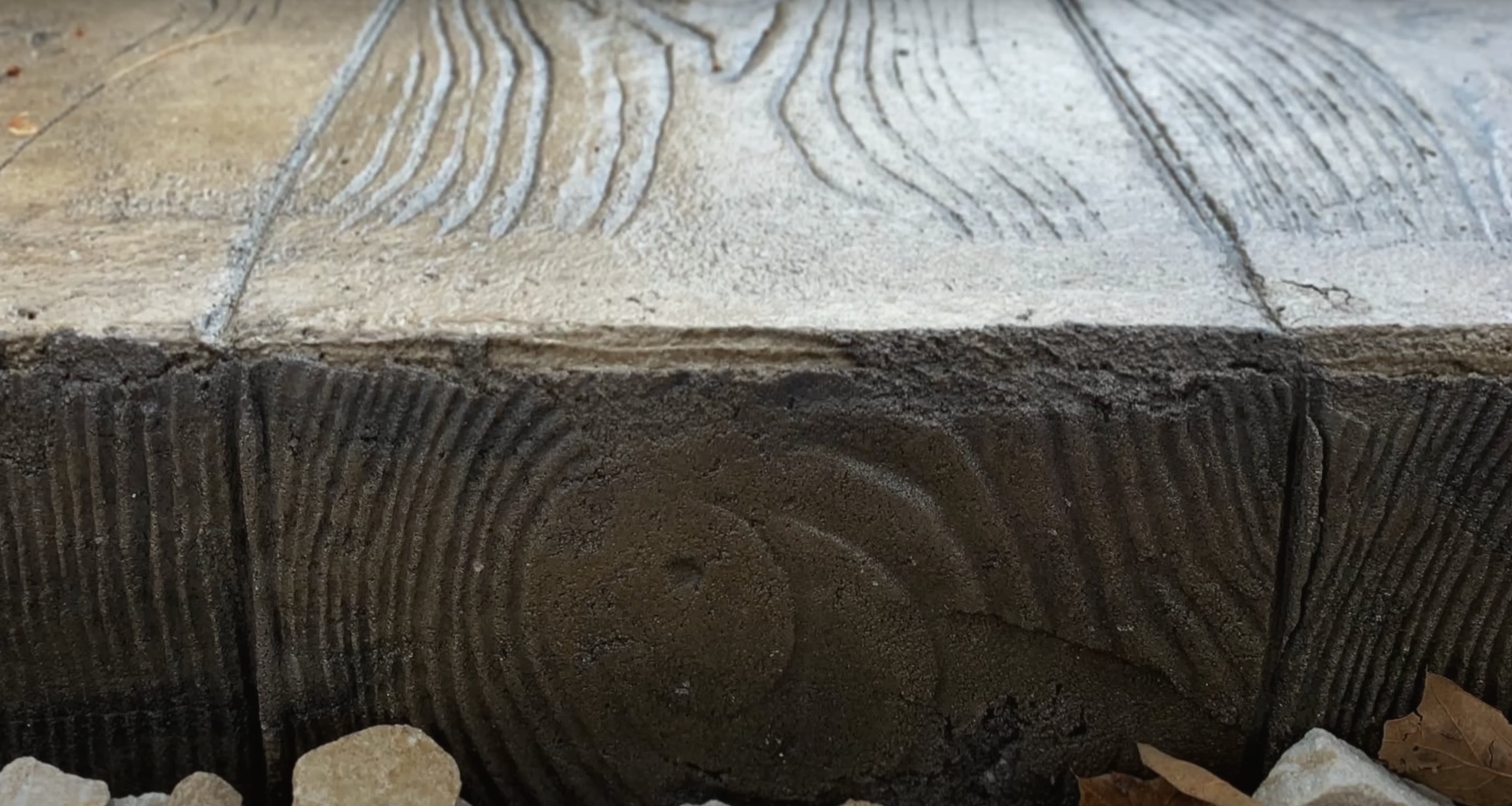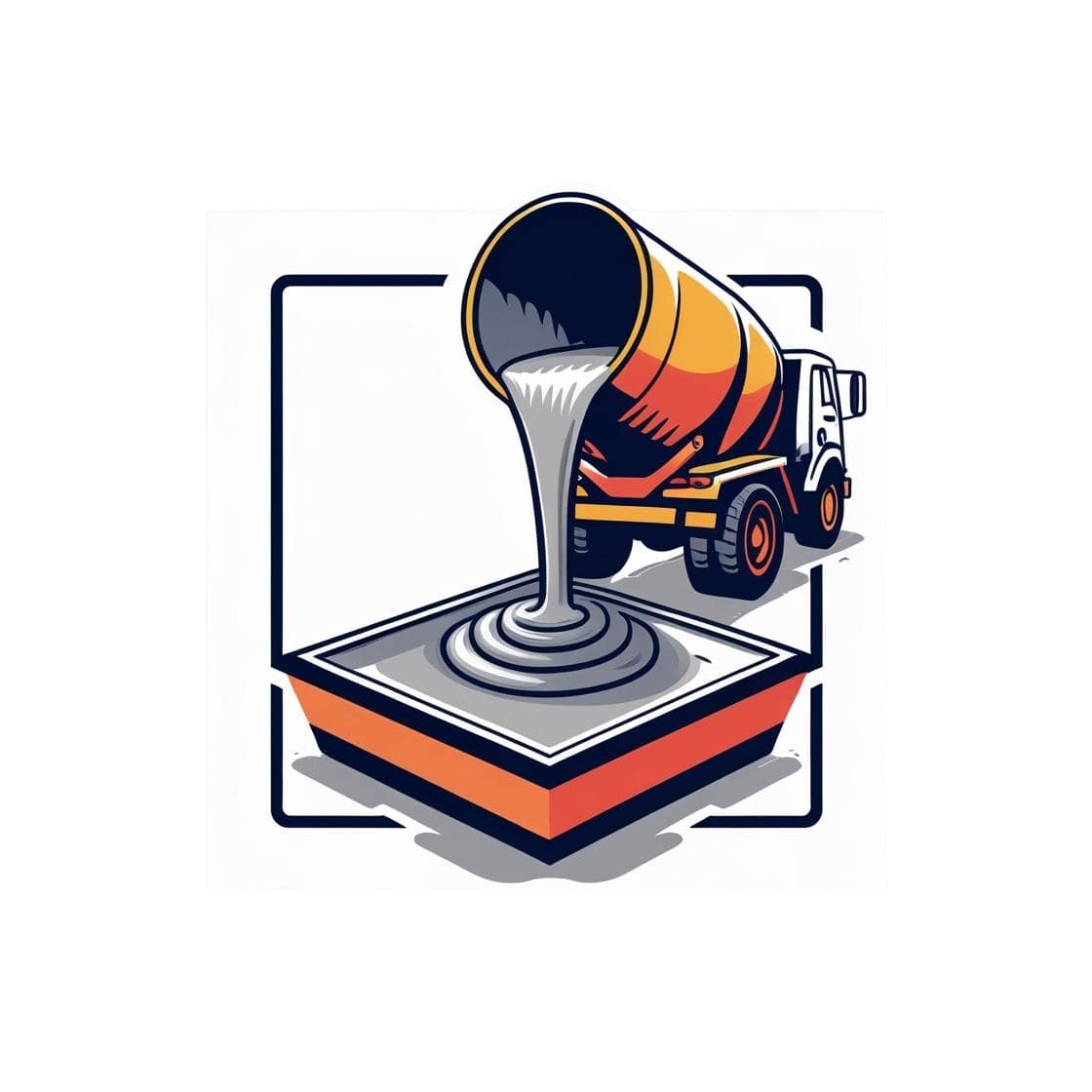How Ohio Weather Affects Your Concrete and What You Can Do About It

Living in Ohio means experiencing all four seasons—sometimes in the same week. While we've adapted our wardrobes and driving habits to handle the weather swings, our concrete surfaces aren't quite as flexible. Understanding how Ohio's climate affects concrete can save you serious money on repairs and help your driveways and patios last decades longer than they otherwise would.
The Freeze-Thaw Cycle: Concrete's Worst Enemy
Here's what happens during a typical Ohio winter: water seeps into tiny pores in your concrete. When temperatures drop below freezing, that water expands by about 9% as it turns to ice. This expansion creates pressure inside the concrete, pushing outward and creating microscopic cracks. When it thaws, the water seeps deeper into those new cracks. Then it freezes again. And again. And again.
In a single winter, Kent typically experiences 40-60 freeze-thaw cycles. Each cycle makes existing cracks slightly worse. What starts as hairline surface cracks in November can become noticeable damage by March. This is why concrete that looks fine in fall sometimes shows surprising deterioration come spring.
Summer Heat: The Silent Stressor
While freeze-thaw gets most of the attention, summer heat creates its own problems. Concrete expands when heated and contracts when cooled. During July and August, your driveway can experience temperature swings of 40-50 degrees between night and day. That constant expansion and contraction creates stress, especially at joints and edges.
Rapid temperature changes are particularly harmful. A summer thunderstorm dropping temperatures 20 degrees in an hour causes concrete to contract quickly while still hot inside—a recipe for cracking. This is why you'll sometimes notice new cracks appear after severe summer storms even when there's been no physical impact.
Spring Rains and Drainage Issues
Ohio's spring rains test your concrete's drainage more than any other season. Water that pools on or under your concrete doesn't just sit there harmlessly—it erodes the base material that supports your driveway or patio. As that base shifts or washes away, you get settling, sinking, and eventually cracking.
Watch your concrete during and after heavy rains. If water pools in certain areas rather than draining away, you've got a problem that will only get worse. The good news is that drainage issues caught early can often be fixed before they cause major damage.
Protection Strategies That Actually Work
The single most effective protection for Ohio concrete is proper sealing. A quality concrete sealer creates a barrier that dramatically reduces water penetration. This simple step can extend your concrete's life by 5-10 years. We recommend resealing every 2-3 years, typically in late spring or early fall when temperatures are moderate.
Drainage matters just as much as sealing. Make sure your concrete slopes away from buildings and that water has somewhere to go. Clean out cracks and control joints regularly—packed dirt and debris trap moisture right where you don't want it. In winter, use sand instead of rock salt for traction. While salt won't destroy concrete directly, it accelerates freeze-thaw damage considerably.
Installation Details Make All the Difference
If you're planning new concrete, understanding Ohio's climate should influence the installation specifications. The right concrete mix for Ohio includes air entrainment—microscopic air bubbles that give water somewhere to expand when it freezes, protecting the concrete's structure. Proper base preparation, adequate thickness, and correctly spaced control joints all account for our weather patterns.
A driveway installed in June will experience very different curing conditions than one installed in September. Experienced contractors adjust mix designs, finishing techniques, and curing methods based on the season. This attention to detail during installation pays off for decades.
Small Problems, Big Consequences
The biggest mistake homeowners make is ignoring small cracks. What looks like minor surface damage in June can become a major repair problem by the following spring after freeze-thaw cycles have worked their magic. Fill cracks promptly with proper concrete crack filler—it's a $20 fix that can prevent a $2,000 repair.
Watch for warning signs: standing water, spalling (surface flaking), or sections that have settled unevenly. These issues don't fix themselves and they don't stay small. Every season of Ohio weather makes them worse.
Living with Concrete in Ohio
The reality is that concrete in Ohio works harder than concrete in milder climates. A driveway in Arizona might last 40 years with minimal maintenance. That same quality installation here faces challenges Arizona concrete never sees. But with proper installation, regular maintenance, and prompt attention to small problems, your concrete can still provide 25-30 years of reliable service.
At RegalCrest Kent Concrete, we've spent years learning how to work with—not against—Ohio's weather patterns. Every mix we pour, every joint we cut, and every finish we apply takes our climate into account. Because concrete that's built for Ohio doesn't just survive our weather, it thrives through decades of it.
Your concrete is an investment in your property's value and functionality. Understanding how weather affects that investment is the first step in protecting it for years to come.
